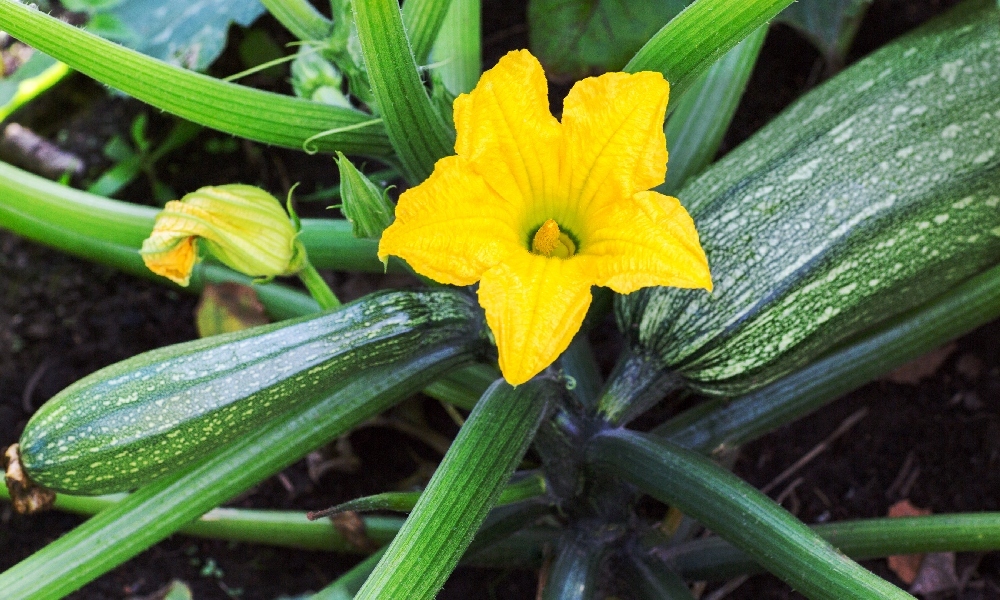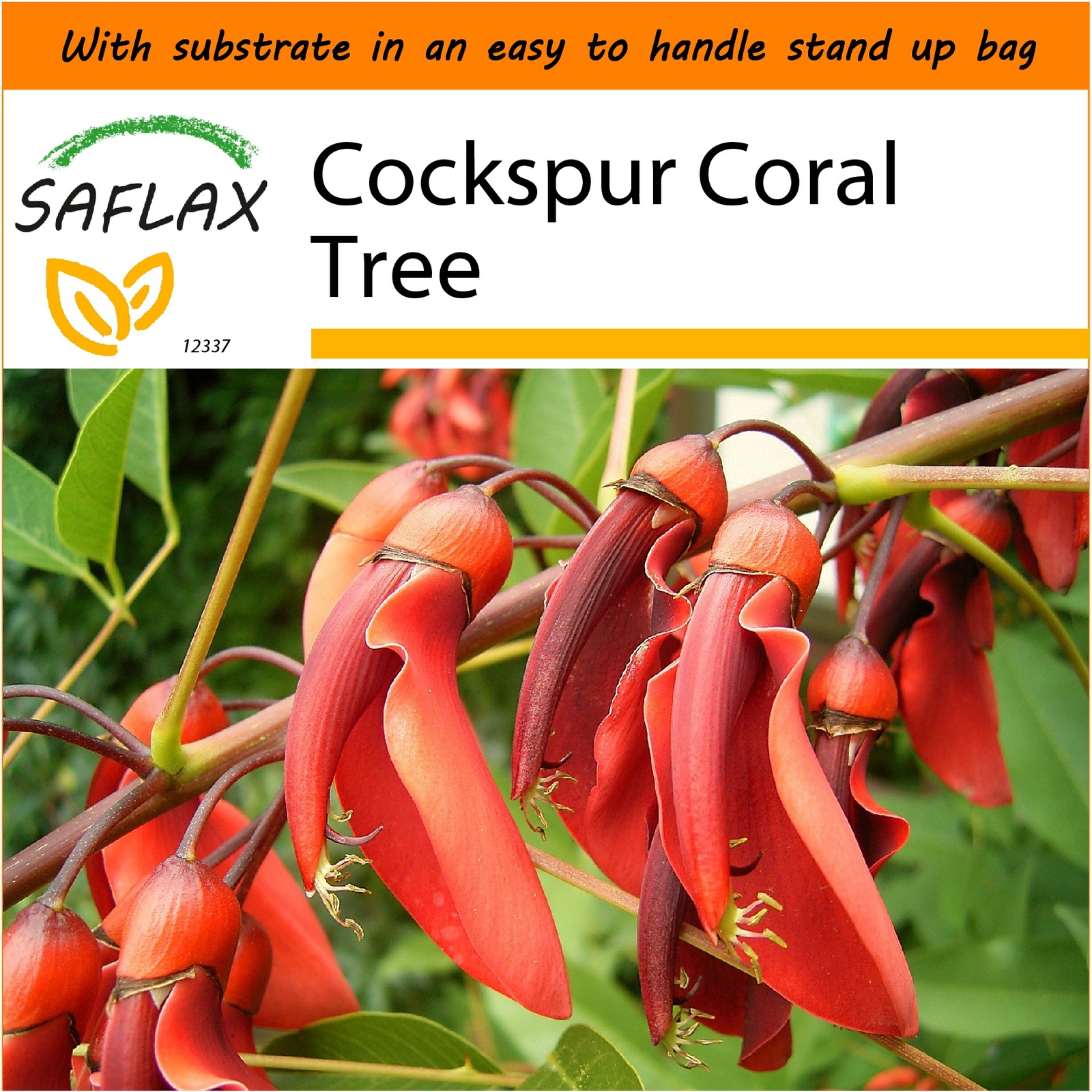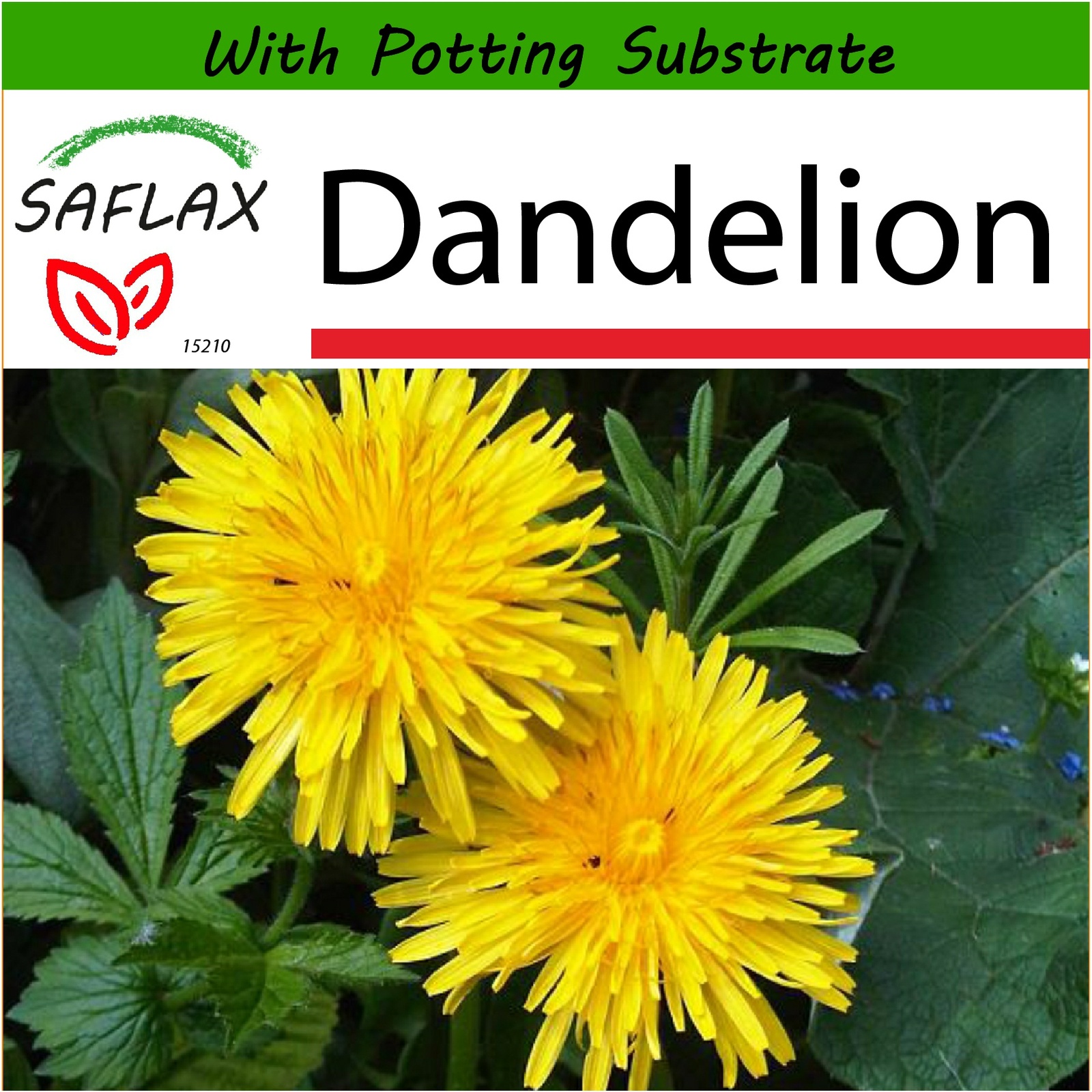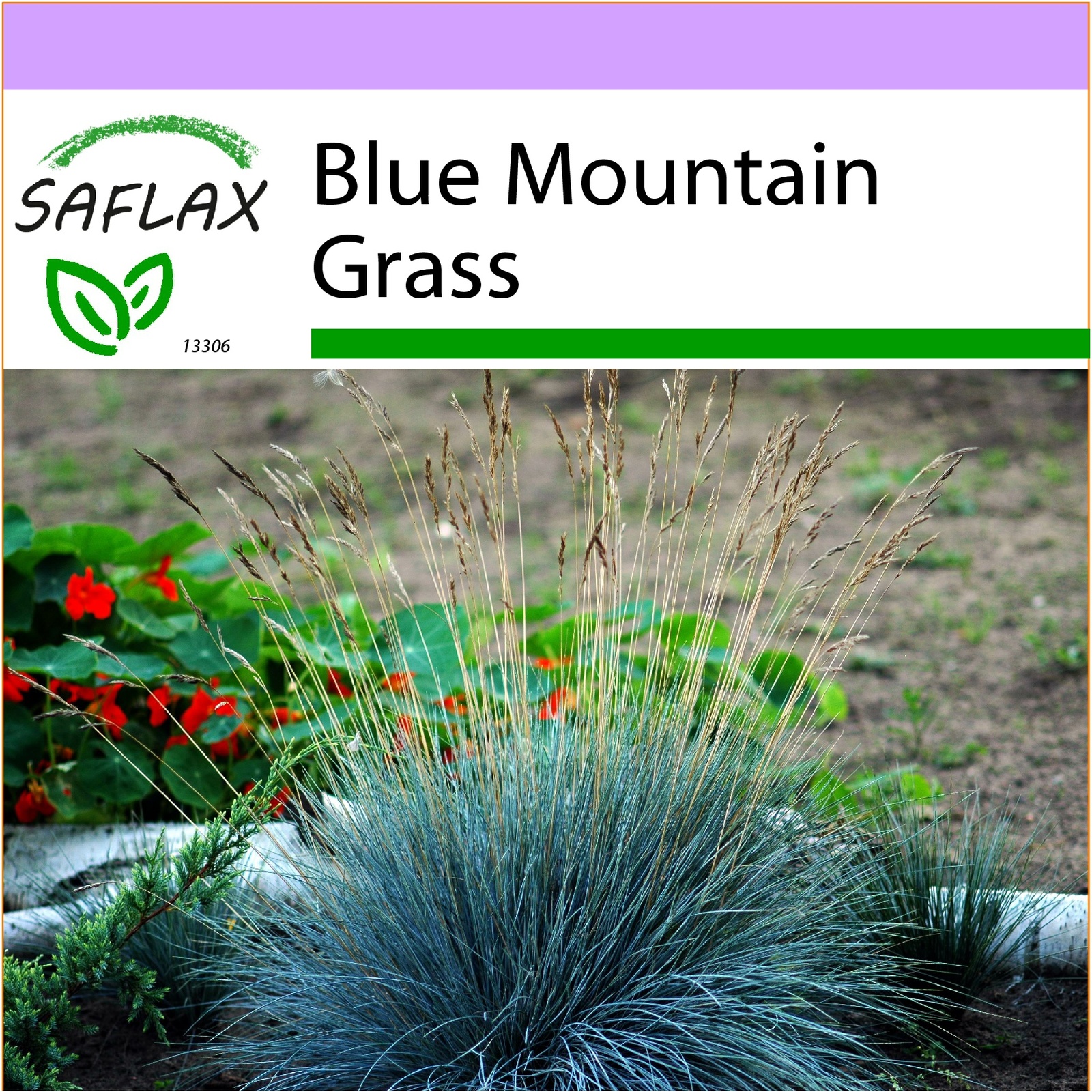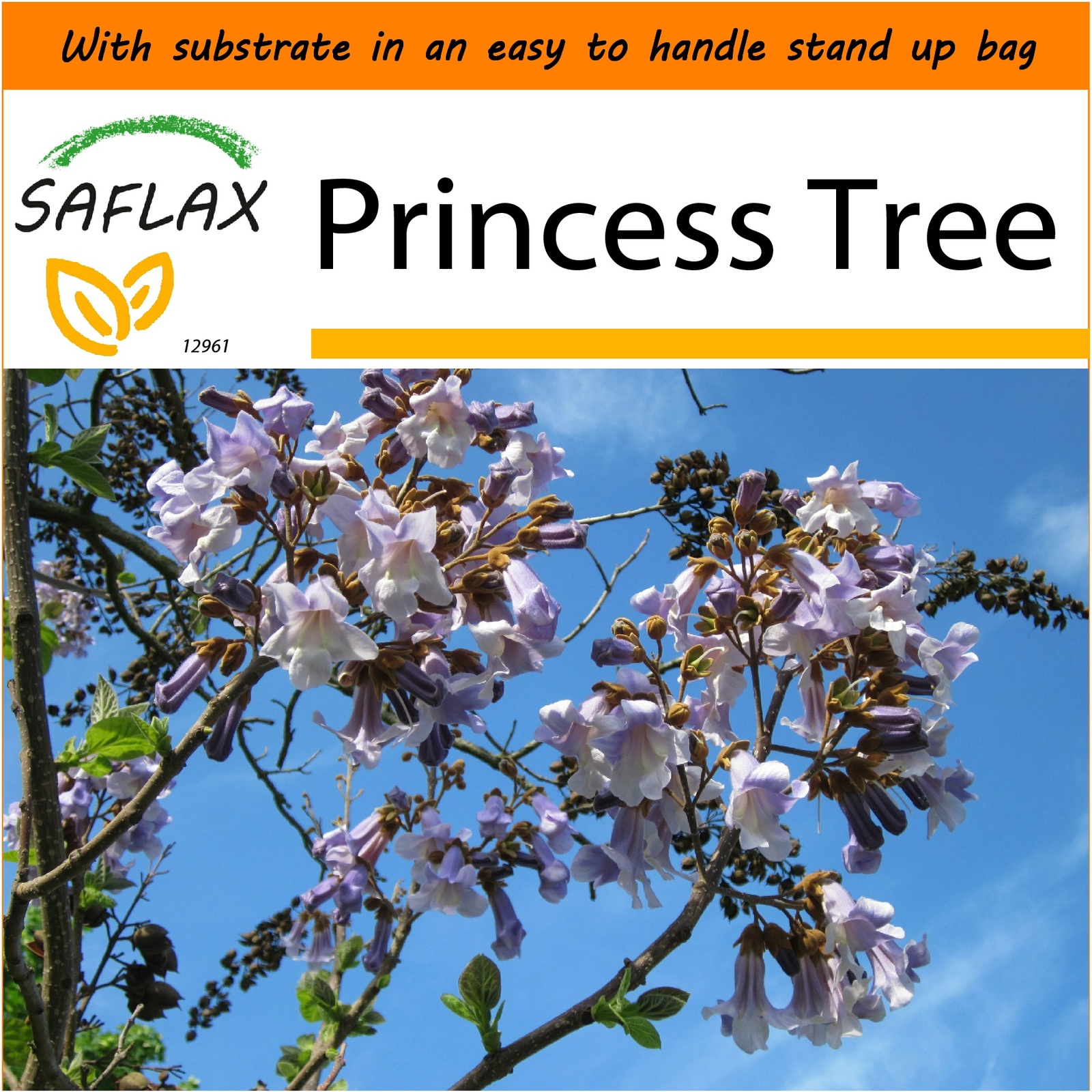SAFLAX Garden in the Bag - Bonsai - Japanese and 50 similar items
SAFLAX Garden in the Bag - Bonsai - Japanese Black Pine - Pinus - 30 seeds
$6.85
View full item details »
Shipping options
Return policy
Full refund available within 30 days
Purchase protection
Catalog info
Payment options
PayPal accepted
PayPal Credit accepted
Venmo accepted
PayPal, MasterCard, Visa, Discover, and American Express accepted
Maestro accepted
Amazon Pay accepted
Nuvei accepted
View full item details »
Shipping options
Return policy
Full refund available within 30 days
Purchase protection
Catalog info
Payment options
PayPal accepted
PayPal Credit accepted
Venmo accepted
PayPal, MasterCard, Visa, Discover, and American Express accepted
Maestro accepted
Amazon Pay accepted
Nuvei accepted
Item traits
| Category: | |
|---|---|
| Quantity Available: |
1000 in stock |
| Condition: |
New |
| UPC: |
4055473649955 |
| Country/Region of Manufacture: |
Germany |
| Brand: |
SAFLAX |
Listing details
| Shipping discount: |
Items after first shipped at flat $0.00 | Free shipping on orders over $35.00 |
|---|---|
| Price discount: |
10% off w/ $20.00 spent |
| Posted for sale: |
More than a week ago |
| Item number: |
724197007 |
Item description
SAFLAX Garden in the Bag - Bonsai - Japanese Black Pine - Pinus thunbergii - 30 seeds - With cultivation substrate in an easy to handle stand up bag.
Frost-resistant Outdoor Bonsai with an ornamentally decamping bark
Create the perfect environment for a successful cultivation process. Garden in the Bag provides the nurturing substrate in the practical standup bag. Just add water and watch as the dried, light block produces abundant cultivation substrate for your seeds in just a few minutes.
The frost-hard Japanese Black Pine develops rich green and in pairs arranged, hard needles. Due to its thick and decamping bark and its high tolerance to pruning, it is in Japan readily being cultivated as a bonsai plant. The tree grows rather erratically wide-upright and follows its own way.
Natural Location: The natural habitat of the Japanese Black Pine are the sandy coastal areas of Japan and South Korea, where it inhabits dunes and resists sea foam.
Cultivation: Seed propagation indoors is possible throughout the year. To increase the germinability, you should initially place the seeds in a bowl with sand and keep it at least for a week in the freezer of your refrigerator for stratification. Then, plant the seeds about 1 cm deep into moist potting compost and cover the seed container with clear film to prevent the earth from drying out. Dont forget to make some holes in the clear film and take it every second or third day completely off for about 2 hours. That way you avoid mold formation on your potting compost. Place the seed container somewhere bright and warm with a temperature between 20 and 25 Celsius and keep the earth moist, but not wet. The first seedlings will come up after four to twelve weeks.
Place: Like all pine trees, the Pinus thunbergii longs for light and air. It is best be kept in a bright, but not dry-hot place with high humidity.
Care: The Japanese Black Pine can endure dry periods, but doesnt do well with waterlogging and wet soils. The earth-sand-mix might seem to be dry on the surface, misleading to the conclusion that the earth has dried out completely and needs to be watered. You should, therefore, always check the moistness of the substrate at a deeper level. Especially in spring, when the plant stretches its candles, you should water only sparsely to keep the new shoots and needles as small as possible. From spring until autumn you may provide your tree with fluid fertilizer for bonsai plants every three weeks. In cultivation of a pine tree as a bonsai plant, the most important thing to reach the desired form is wiring, which is best be done between October and March during the rest period. The wire stays on the plant for about 12 to 18 months, until the branch has lignified in the desired shape, and can then, preferably again during the rest period, be removed. Another way of designing your bonsai, is by pinching off the new sprouts, but only from mid August after they have lignified. The Japanese Black Pine will develop new shoots about four weeks later that will produce shorter tips and needles. To give your bonsai a neat look, you can shorten the old needles during winter. Young plants need to be repotted annually, matured trees every two years - just shift the plant during March into quality bonsai earth that contains 25% sand.
During Winter: The Japanese Black Pine is frost-hard and should hibernate outdoors in a place where it is sheltered from strong wind and direct sunlight. In areas with strong frosts, a coverage with winter fleece is recommended. Water the plant only sparsely on frost-free days. Dead, brown needles can be removed.
Bonsai ability: Yes
Picture credits:
Because of technical limitations links to picture rights are written as text.
64995-pinus-thunbergii-K-VS-A.jpg - Frank Laue - Saflax - saflax.de/copyright
12405-garden-in-the-bag.jpg - Frank Laue - Saflax - saflax.de/copyright
14995-pinus-thunbergii-K-RS-A.jpg - Frank Laue - Saflax - saflax.de/copyright
14995-31-Pinus-thunbergii.jpg - Ragesoss - CC-BY-SA-4.0 - creativecommons.org/licenses/by-sa/4.0
14995-32-Pinus-thunbergii.jpg - Cliff - CC-BY-2.0 - creativecommons.org/licenses/by/2.0
14995-33-Pinus-thunbergii.jpg - Cliff from Arlington - CC-BY-2.0 - creativecommons.org/licenses/by/2.0
- - -
- - -
- - -
Loading

|

-
Refine your browsing experience
We can show you more items that are exactly like the original item, or we can show you items that are similar in spirit. By default we show you a mix.
Loading
This item has been added to your cart
 SAFLAX Garden in the Bag - Bonsai - Japanese Black Pine - Pinus - 30 seeds added to cart.
1000 available in stock
SAFLAX Garden in the Bag - Bonsai - Japanese Black Pine - Pinus - 30 seeds added to cart.
1000 available in stock
View Cart or continue shopping.
 Please wait while we finish adding this item to your cart.
Please wait while we finish adding this item to your cart.
Get an item reminder
We'll email you a link to your item now and follow up with a single reminder (if you'd like one). That's it! No spam, no hassle.
Already have an account?
Log in and add this item to your wish list.
























